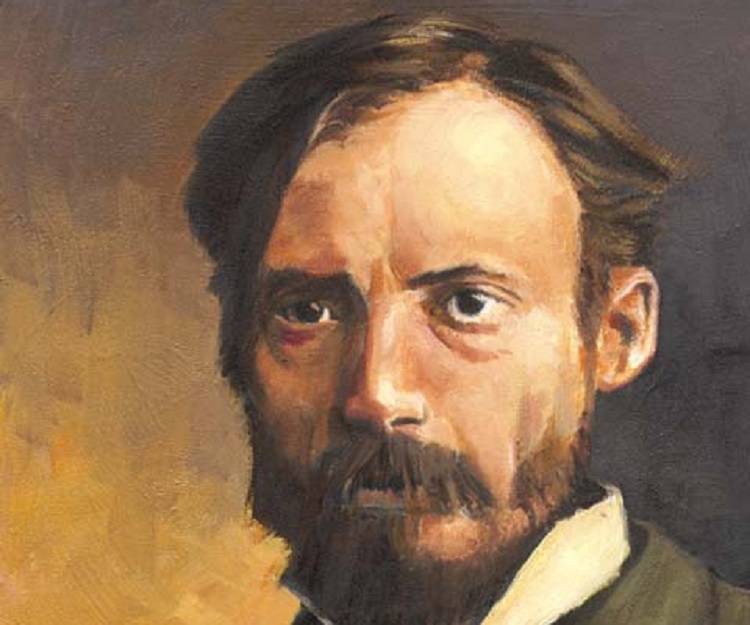
“To my mind, a picture should be something pleasant, cheerful, and pretty, yes pretty! There are too many unpleasant things in life as it is without creating still more of them.”
These were the words of famous artist, Pierre-Auguste Renoir, who choose the subject of landscape paintings to create pretty artworks. Renoir was a sensuous painter who liked to depict intimate and candid compositions in his work. Even though he was a founder of Impressionism, he continued to evolve his style.
- Early life and education
On February 25, 1841, Renoir was born to a humble family. He was the son of a tailor and a seamstress. When he was four years old, his family moved to Paris where the young Renoir had his first encounter with art in the Lourve. He was smitten by the captivating powers of landscape arts. Renoir left school at the age of 13 years to work in a porcelain factory. It goes without saying that he was talented and that was why he was chosen to paint designs on the fine china. After work, he would return to the Lourve, where he copied and studied the work of old French Masters. The background in landscape paintings would interest him. As porcelain factory went bankrupt after sometime, Renoir was left jobless. At 21 years, he enrolled himself in an art school and to help pay the bills, he painted decorations on blinds, fans and signs. Renoir soon became friends with fellow students – Claude Monet and Alfred Sisley. These young men would become renowned for their art, but for now Renoir struggled to even afford paint.
- Acceptance into the Paris Salon
Renoir wanted to make a career for himself as a painter, so he worked towards being exhibited at the Paris Salon. Coming from working-class roots, this must have been a daunting task, but he wanted to succeed as an artist and the salon was the place to be. He had his first painting accepted into the Salon when he was only 23 years old. The painting was based on the Hunchback of Notre-Dame, but Renoir must have had reservations about the work because he later destroyed it. He still struggled to make a living, relying on his friends to share their homes or studio space. He often found himself with his old art school friend Claude Monet painting on the banks of a river, where they observed the momentary effects of light on the rippling water; what they discovered would become known as Impressionism.
- First Exhibition
On April 15, 1874, Renoir participated in the Impressionist first exhibit held in a Paris Studio that was lit with a mixture of natural and gas light. Each painting was hung on the same level so they would all be viewed fairly. Around 3,500 people visited the exhibition over the course of a month but business was not as brisk as they had hoped and each artist was left in debt. The overall response to the exhibit was not favorable, but Renoir’s painting – Dance at the moulin de la Galette received critical acclaim. He began to find financial success and a market for his work.
- Distance form Impressionism
By the early 1880s, thanks to his recent success, Renoir took the opportunity to travel to Algeria and Italy. It must have been such a luxury for an artist, who as a boy had to drop out of school so he could work in a factory. In Italy, Renoir was awed by the beauty and lasting effects of the Renaissance works. Renoir’s work was shifting as he was becoming dissatisfied with a momentary nature of Impressionism. He wanted to create something with more structure, more staying powers that echoed the works of the classical Renaissance.
- Personal Life
In 1890, Renoir settled down and married his longtime girlfriend and together they started a family. They moved to a new country home in the warm climate of the Mediterranean coast. Renoir found contentedness in his new life taking pleasures in painting scenes of his family. In his old age, Renoir was bound to a wheelchair and suffered from arthritis, but he continued to paint, even if he had to strap the brushes to his hands.
Before he passed, Renoir had the opportunity to see his paintings hanging in the Louvre amongst the old masters he admired as a young boy. On December 3, 1919, Renoir breathed his last breath at the age of 79 years.





















